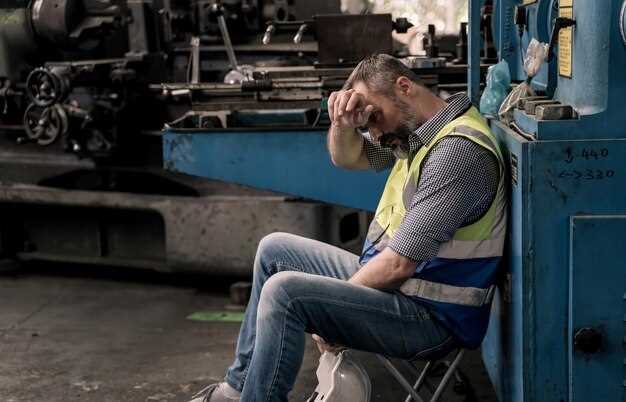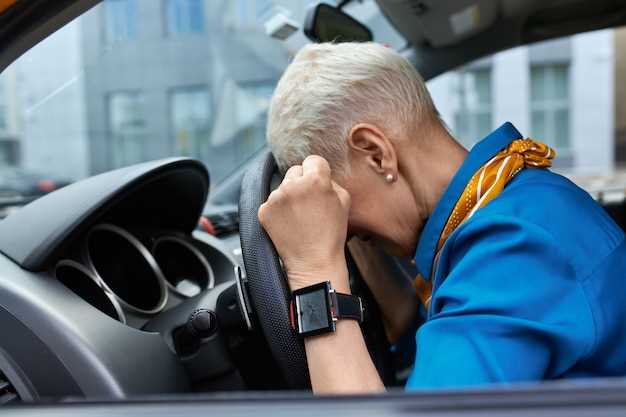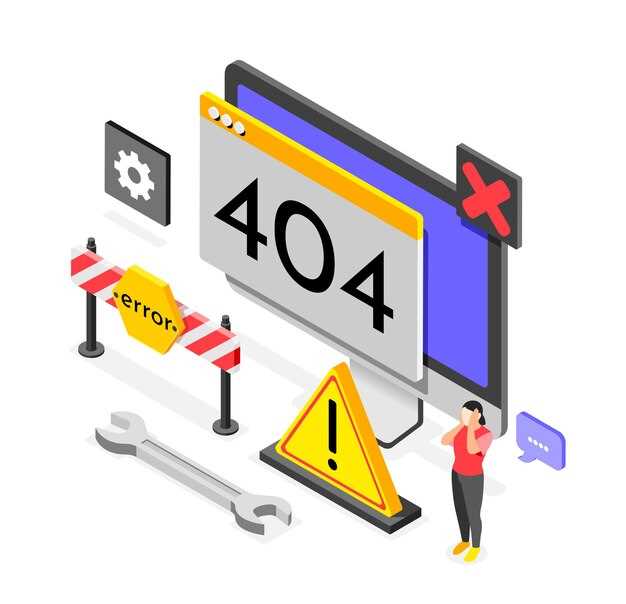
Experiencing unusual noises from your vehicle’s drivetrain can be both frustrating and concerning. The drivetrain is a complex system responsible for transferring power from the engine to the wheels, and any disruption in this process can lead to diminished performance and increased wear on various components. Identifying the source of the noise is crucial, as it can help prevent further damage and ensure the longevity of your vehicle.
Common causes of a noisy drivetrain often include worn-out bearings, loose components, and improper lubrication. These issues can manifest as grinding, whining, or clunking sounds, each indicating a specific problem requiring attention. Understanding these sounds and their implications is essential for effective troubleshooting.
In this article, we will delve into the typical reasons behind drivetrain noise and provide practical solutions for addressing them. By following a systematic approach to diagnosing and resolving these issues, you can maintain your vehicle’s reliability and enhance your driving experience.
Troubleshooting Noisy Drivetrain: Common Causes and Solutions
A noisy drivetrain can be indicative of various underlying issues that need to be diagnosed and resolved to maintain optimal vehicle performance. Understanding the common causes and their respective solutions is essential for effective troubleshooting.
1. Worn-out Components: Over time, components such as bearings, gears, and axles can wear down, leading to increased noise levels. Inspect the drivetrain for any signs of wear or damage. If you observe excessive play or roughness when spinning components by hand, consider replacing the worn parts.
2. Lack of Lubrication: Insufficient lubrication can cause components to grind against each other, producing noise. Regularly check fluid levels in the transmission and differential. If fluid is low or dirty, replace it with the appropriate lubricant, and ensure all points are properly lubricated.
3. Misalignment: Misaligned drivetrain components can lead to vibrations and noise during operation. Check the alignment of the drive shaft, axles, and any associated components. If misalignment is detected, adjust or replace the necessary parts to restore proper alignment.
4. Damaged Mounts: Engine and transmission mounts that are cracked or broken can fail to hold the drivetrain securely in place. Inspect mounts for any visible damage and replace them if necessary to prevent excessive movement and noise.
5. Tire Issues: Sometimes, the noise attributed to the drivetrain may actually arise from tire problems. Inspect tires for uneven wear, improper inflation, or damage. Ensure that tires are balanced and rotated regularly to minimize noise generated by the drivetrain.
6. Differential Issues: Unusual sounds emanating from the differential can indicate problems like low fluid levels or internal damage. If noise is heard during turning or acceleration, check the differential fluid and inspect for potential damage. Replace fluids or consult a professional for further diagnosis if needed.
By systematically addressing these common causes, you can effectively troubleshoot and resolve noisy drivetrain issues, ensuring smoother and quieter vehicle operation.
Identifying Symptoms of Drivetrain Noise
Drivetrain noise can be a sign of underlying issues that require immediate attention. Recognizing the different symptoms is crucial to maintaining vehicle performance and safety. Here are some common symptoms associated with drivetrain noise:
- Grinding Sounds: A grinding noise when shifting gears may indicate worn or damaged gears or bearings within the drivetrain.
- Clunking or Banging: A clunking sound during acceleration or deceleration can suggest problems with the driveshaft or differential components.
- Squeaking or Chirping: These high-pitched noises may be caused by worn or dry universal joints or constant velocity joints.
- Humming or Whirring: A consistent humming noise at specific speeds might indicate issues with wheel bearings or the transfer case.
- Vibrations: Excessive vibrations while driving can point to imbalanced driveshafts or misaligned drivetrain components.
- Popping Noises: A popping sound when turning can signify issues with the CV joints or a failing axle.
Properly identifying these symptoms will help in troubleshooting noisy drivetrain issues more effectively. Paying attention to when and how these noises occur will provide valuable information for diagnosis. If you experience any of these symptoms, it is advisable to consult a professional to prevent further damage.
Common Causes of Noisy Drivetrain Issues

The drivetrain is a critical component of any vehicle, and noise originating from this system can indicate underlying issues. Understanding the common causes of noisy drivetrain problems is essential for effective troubleshooting.
Worn or Damaged Bearings: Bearings within the drivetrain endure significant stress and wear over time. If these components become worn or damaged, they can produce grinding or whining noises, particularly noticeable during acceleration or deceleration. Replacement of these bearings is necessary to resolve the issue.
Insufficient Lubrication: The drivetrain requires proper lubrication to function smoothly. Insufficient lubricant can lead to increased friction, causing whining or clunking sounds. Regular maintenance, including checking and changing fluids, is vital for preventing noise related to lubrication issues.
Faulty U-joints: Universal joints (U-joints) connect different parts of the drivetrain. When U-joints wear out, they can create a characteristic clunking noise, especially when shifting gears or during acceleration. Inspecting and replacing worn U-joints can eliminate this noise.
Transmission Issues: Noises stemming from the transmission can be indicative of serious mechanical problems. Gear grinding, whining, or humming sounds may suggest low fluid levels, damaged gears, or internal component failure. Seeking professional evaluation and repair is advisable in such cases.
CV Joint Problems: Constant velocity (CV) joints are crucial for the smooth operation of front-wheel-drive vehicles. Worn CV joints often produce clicking or popping noises when turning. Prompt inspection and replacement of these joints can help restore normal operation.
Differential Problems: The differential allows for the wheels to spin at different speeds, especially during turns. A failing differential may create grinding or whining noises, signaling the need for immediate inspection and potential repair to prevent further damage.
Loose or Damaged Exhaust Components: Sometimes, what might seem like a drivetrain noise could originate from loose or damaged exhaust components. Inspecting the exhaust system for loose hangers or damaged parts can help identify and resolve the source of the noise.
Identifying and addressing the common causes of noisy drivetrain issues can prevent further damage and ensure a smoother, quieter ride. Regular maintenance and timely inspections play a crucial role in maintaining drivetrain health.
Step-by-Step Solutions to Resolve Drivetrain Noises

Identifying the source of drivetrain noises is crucial for ensuring the optimal performance of your vehicle. Follow these systematic steps to diagnose and address the issue effectively.
Step 1: Identify the Type of Noise
Start by listening carefully to the noises. Common descriptions include clanking, grinding, whining, or bumping sounds. Note when they occur–during acceleration, deceleration, turns, or while idling. This will help isolate the problem area.
Step 2: Check for Loose or Worn Components
Inspect visible drivetrain components, including the driveshaft, differential, and axles. Look for any loose bolts, worn-out bushings, or damaged mounts. Tighten or replace any components showing signs of wear or instability.
Step 3: Examine Fluid Levels and Condition
Low or contaminated fluid levels can lead to increased noise. Check transmission fluid, differential oil, and power steering fluid. If dirty, replace the fluids and consider flushing the system to remove debris that could contribute to noise.
Step 4: Inspect the Transmission
Transmission issues can manifest as whining or grinding noises. If the sound occurs during gear shifts, the problem may lie in the clutch, gear synchronizers, or internal components. Seek professional assistance if you suspect serious transmission problems.
Step 5: Analyze the Wheel Bearings and CV Joints
Inconsistent noises when turning could be a sign of failing wheel bearings or CV joints. Lift the vehicle and check for play in the wheels. Replace any bearings or joints that feel loose or exhibit noticeable wear.
Step 6: Test Drive for Verification
After making adjustments, take the vehicle for a test drive. Listen for any remaining noises while driving under various conditions. This verification step confirms whether the issue has been resolved or if further investigation is needed.
Step 7: Seek Professional Help
If the noises persist despite your efforts, it may be time to consult a qualified mechanic. Professional technicians have the tools and expertise to diagnose complex drivetrain issues that may not be immediately apparent.



